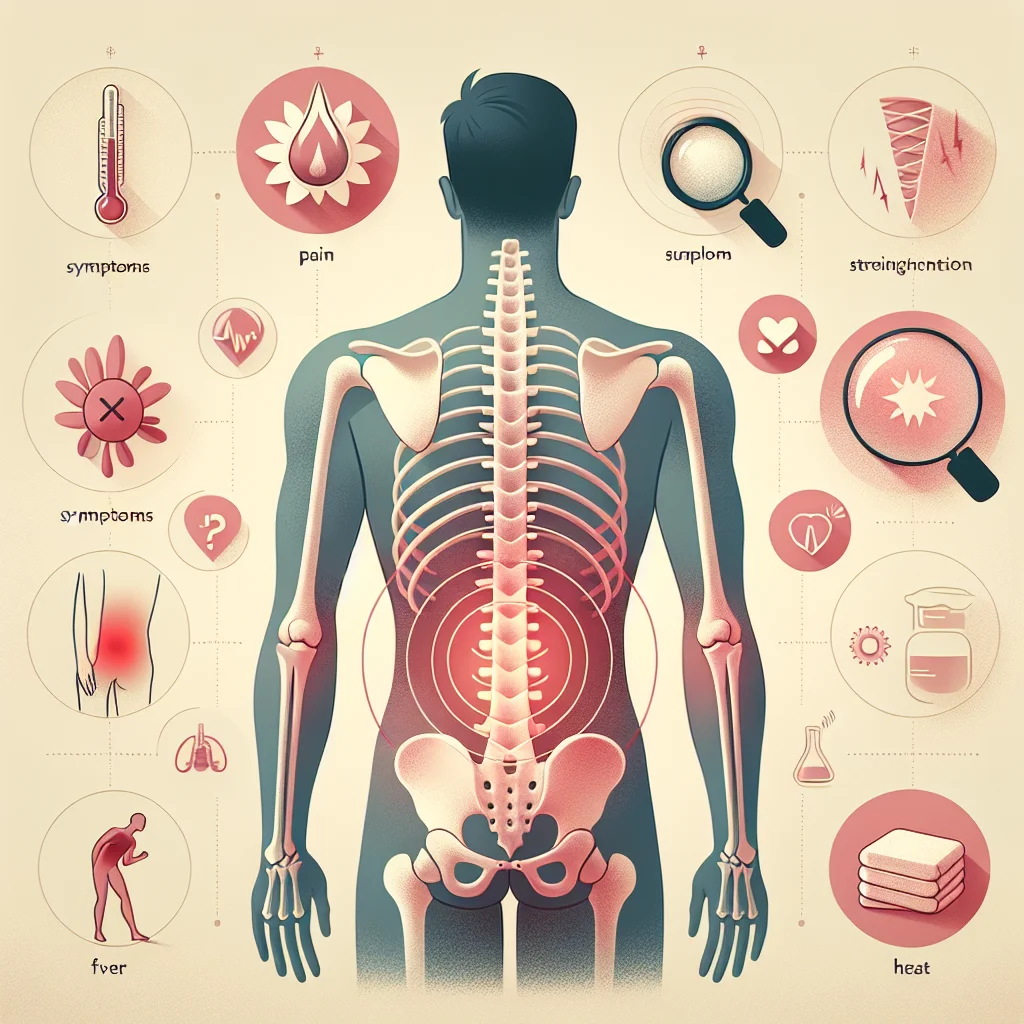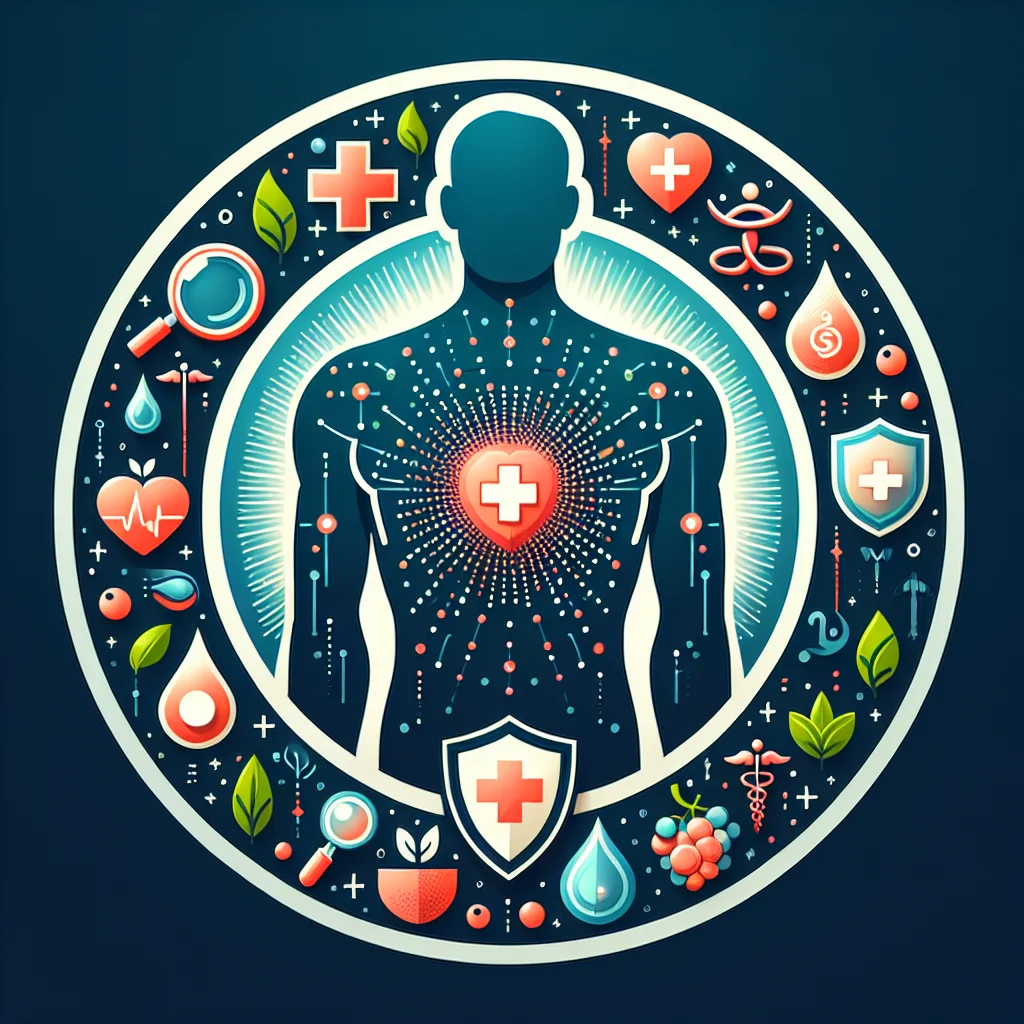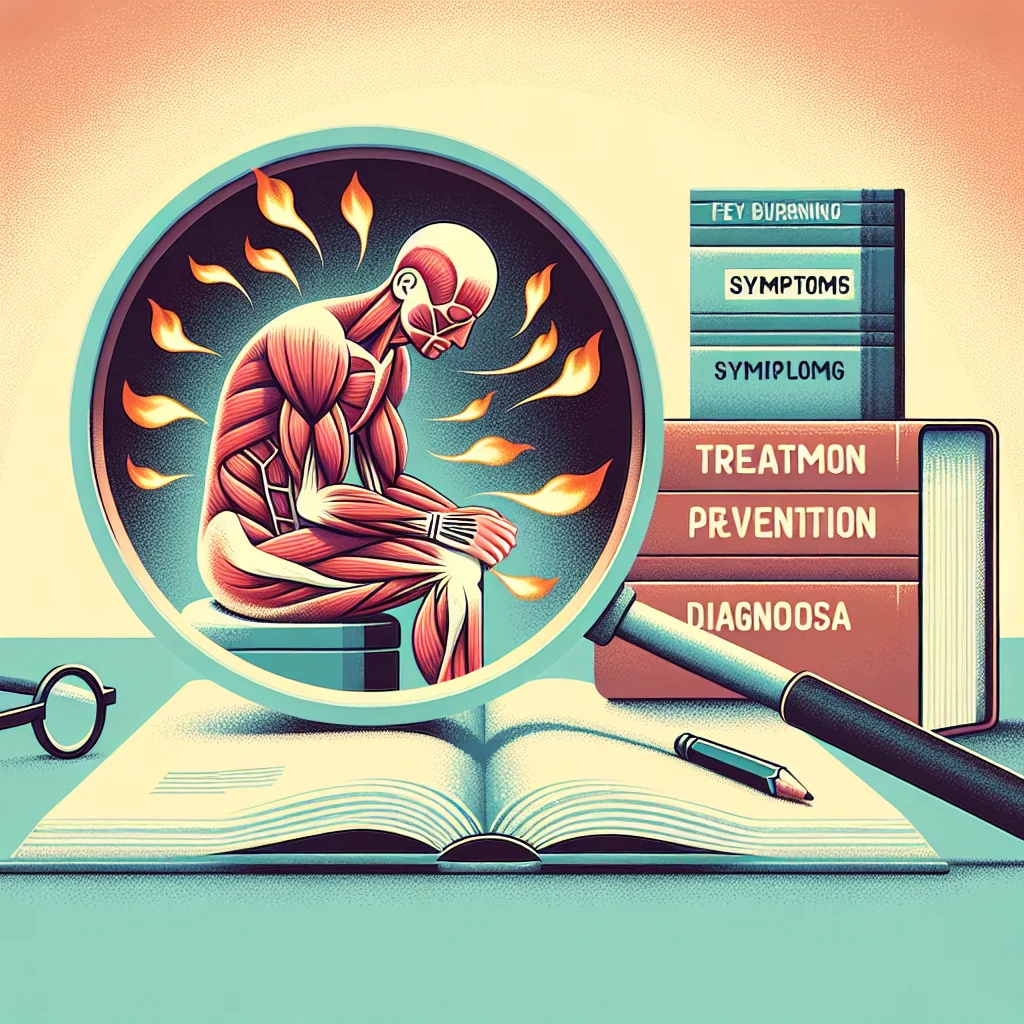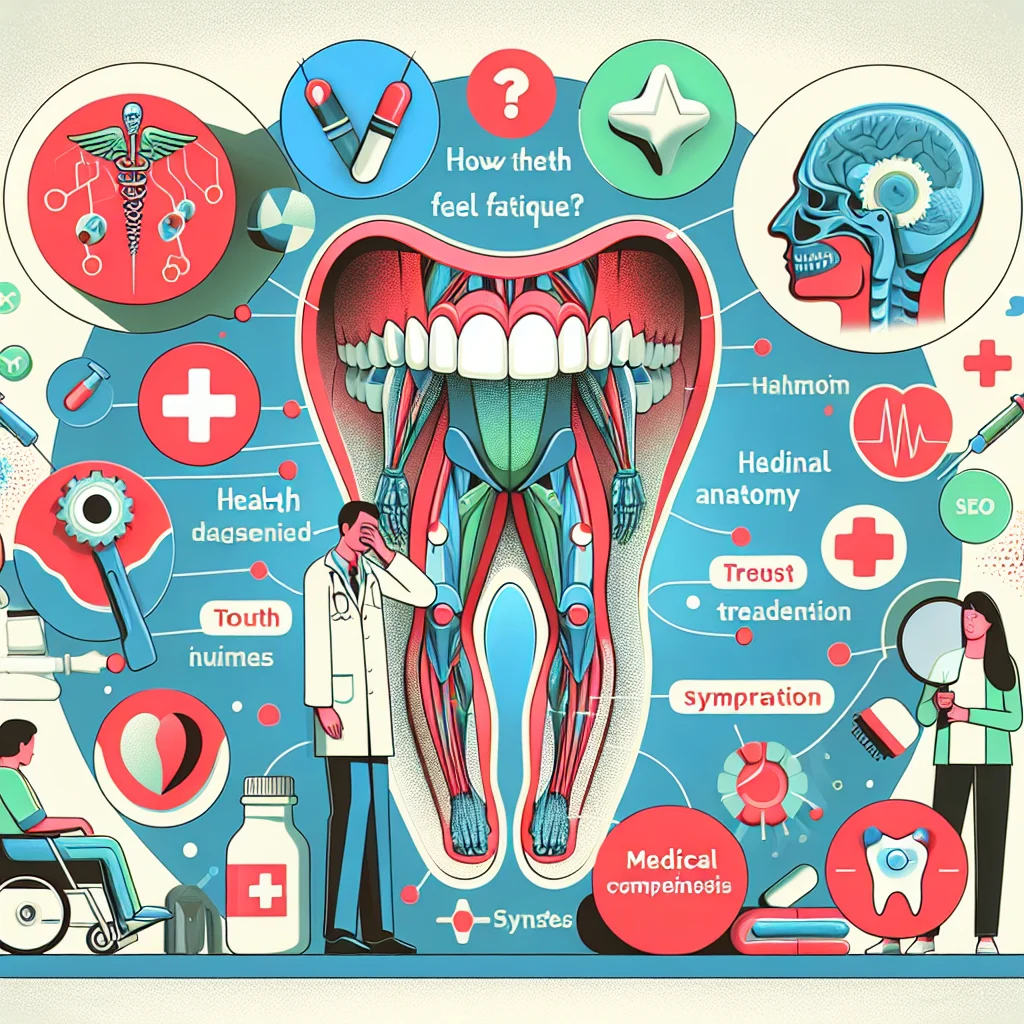
Possible Causes and Medical Insights
Feeling pressure in your back can stem from a variety of causes, ranging from muscle strain to underlying medical conditions. Common contributors include poor posture, overexertion during physical activity, or prolonged sitting without adequate support. Sometimes, the sensation of back pressure might also be linked to issues such as herniated discs, spinal misalignment, or degenerative disc disease. Understanding these potential causes is key to finding effective treatment and preventing future discomfort.
Medical insight suggests that back pressure may result from localized inflammation or stress on the spinal structures. In some cases, underlying conditions like osteoarthritis or even kidney problems can manifest as back pressure. Consulting with a healthcare professional can help identify the root cause and ensure that treatment is tailored to your specific needs. If you experience additional symptoms like numbness, tingling, or persistent pain, it's important to seek medical advice promptly for a comprehensive evaluation.
Symptoms and Risk Factors
Common symptoms accompanying back pressure may include stiffness, limited range of motion, or mild to moderate discomfort that worsens with certain movements. In some cases, individuals may also notice muscle spasms, tenderness upon touch, or a sensation of heaviness in the lower or upper back. Recognizing these symptoms early can help you take proactive steps to minimize discomfort and prevent escalation.
Risk factors for experiencing back pressure include a sedentary lifestyle, poor ergonomics, obesity, and repetitive motion activities. People who lift heavy objects improperly or engage in high-impact sports are also at increased risk. Additionally, age-related changes in the spine and a family history of back problems may predispose some individuals to this condition. By understanding these risk factors, you can make informed choices to protect your back health.
Diagnosis and When to See a Doctor
Diagnosing the cause of back pressure often begins with a thorough physical examination and a review of your medical history. Your healthcare provider may ask about the onset, duration, and intensity of your symptoms, as well as any activities that worsen or relieve the pressure. Imaging tests such as X-rays, MRI, or CT scans may be recommended if an underlying structural problem is suspected or if conservative treatments have not provided relief.
It's important to know when to seek medical attention for back pressure. If your symptoms are severe, persistent, or accompanied by warning signs like numbness, weakness, fever, or loss of bladder or bowel control, immediate evaluation is crucial. Early diagnosis and treatment can prevent complications and promote a quicker recovery, ensuring your back health is maintained in the long run.
Prevention and Home Remedies
Preventing back pressure starts with maintaining good posture, regular exercise, and ergonomic adjustments to your work and living spaces. Strengthening core muscles and practicing flexibility exercises can support your spine and reduce the risk of discomfort. If you spend long hours sitting, be sure to take frequent breaks, stretch, and use a chair with proper lumbar support to alleviate unnecessary strain on your back.
Home remedies for back pressure include applying heat or cold packs, gentle stretching, and over-the-counter pain relievers as recommended by your doctor. Staying active, maintaining a healthy weight, and practicing stress management techniques can also contribute to long-term back health. If your symptoms persist or worsen, don't hesitate to consult a healthcare professional for tailored advice and treatment options.














